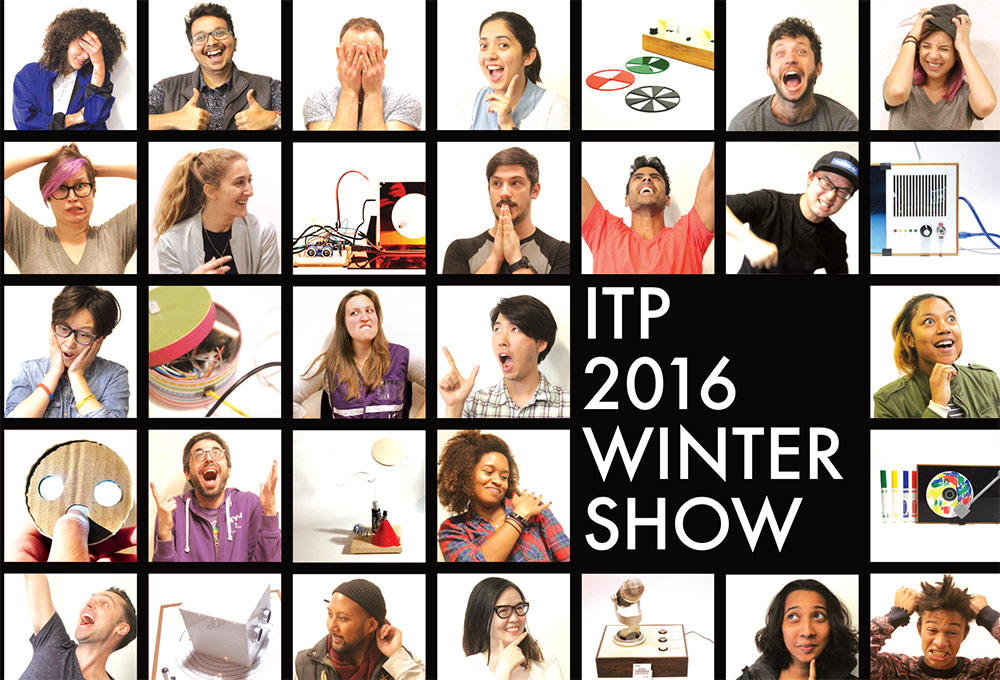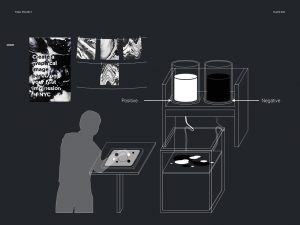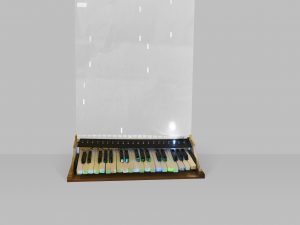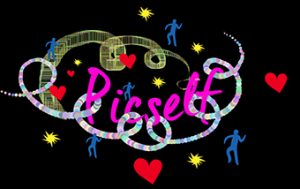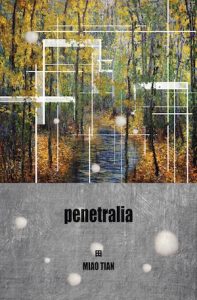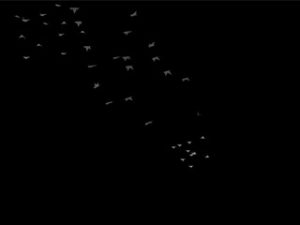Stephanie Koltun
Reinterpreting Terry Riley’s original “In C” composition and instruction, “Birds in C” is a web interface for conducting an orchestra of pre-programmed birds sounds. Let your inner birds sing!
anothersideproject.co/birdsinc
Description
Conduct an orchestra of birds through a re-interpretion of Terry Riley's 'In C'. The original phrases have been reconstructed using recorded bird sounds from the wild to create an unexpected cacophony of chirps, whistles, and hoots. As the conductor, you can add different birds to the orchestra and advance each of them from one phrase to the next.
Rather than starting with a piece of notation and then playing the written composition as a “live” performance, “Birds in C” instead originates with recorded bird sounds and recomposes them to form the phrases of Riley’s “In C”. For each bird, the phrases are created by pitch adjusting, stretching and then arranging an individual “C note” extracted from their bird song. It is these phrases that are then further composed by a single user who advances each bird through the composition. By using recorded bird songs—sounds with specific structure and meaning within their species—and recomposing them into a new composition, the sounds are given new meaning and re-contextualized outside of “wildlife”.
The web interface is composed of geometric shapes representing the different phrases and each bird is differentiated by color. By abstracting traditional music notation, users require no musical background in order to play the piece. However, the tonal relationship is still represented through the peaks and valleys of the shapes, allowing the user to learn the notation as they hear it and thus inform their actions throughout the piece. As additional birds are introduced by the user, the geometric shapes visually and sonically overlap, highlighting their asynchronicity or synchronicity.
Classes
Introduction to Computational Media ITPG-GT.2233.001
